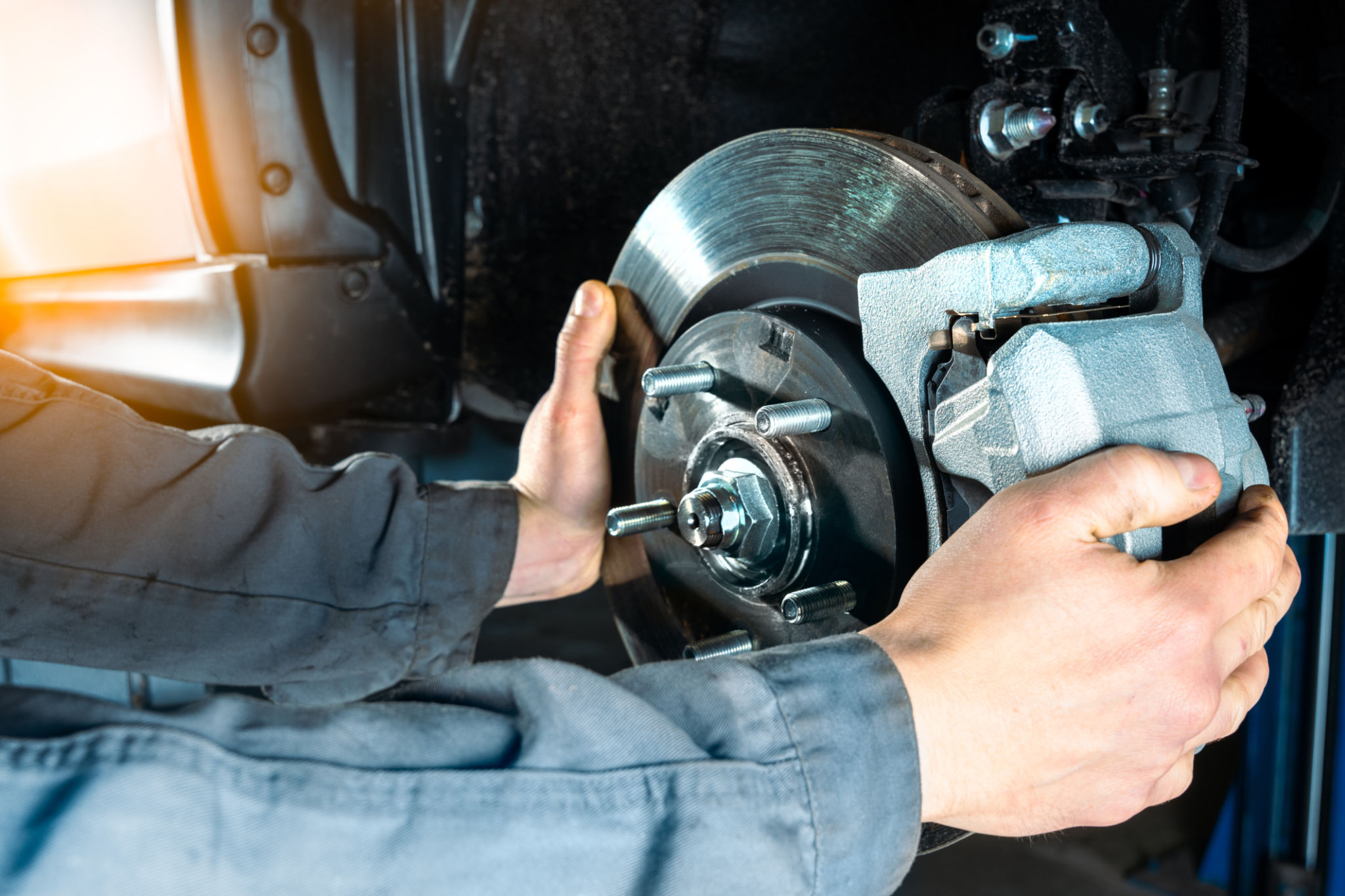DIY Guide: Replacing Common European Car Parts at Home
Tackling car maintenance at home can be a rewarding and cost-effective endeavor, especially when it comes to European cars, which often have a reputation for expensive repairs. With the right tools and a bit of patience, many common car parts can be replaced without a trip to the mechanic. This guide will walk you through some of the most common replacements you can perform at home.
Replacing Air Filters
Air filters are vital for ensuring clean airflow into your car’s engine, promoting efficient combustion and reducing emissions. Fortunately, replacing an air filter is one of the simplest DIY tasks. Most air filters are located in a box near the engine, which can be opened by releasing a few clips or screws.
Once open, remove the old filter, noting its orientation. Insert the new filter in the same direction, ensuring it fits snugly. Close the box securely, and you're all set. Regularly changing your air filter improves fuel efficiency and prolongs engine life.

Changing Engine Oil
Regular oil changes are crucial for maintaining engine health. To begin, ensure your car is parked on a level surface and the engine is cool. Use a jack to lift your car and place it securely on jack stands. Locate the oil drain plug beneath the engine and place an oil pan underneath.
Unscrew the drain plug and allow the old oil to completely drain. Once drained, replace and tighten the plug. Remove the old oil filter using an oil filter wrench, then install a new one after applying a bit of new oil to its gasket. Finally, refill the engine with fresh oil using a funnel.

Swapping Brake Pads
Brake pads wear down over time, leading to decreased braking performance and potentially damaging your brake rotors if not replaced. To replace them, start by loosening the lug nuts on the wheel, then lift the car with a jack and secure it on jack stands.
Remove the wheel to access the brake caliper. Unscrew the caliper bolts and slide it off, exposing the brake pads. Take out the old pads and insert new ones in their place. Reattach the caliper, ensuring all bolts are tightened properly, and remount the wheel.

Replacing Spark Plugs
Spark plugs are essential for igniting the air-fuel mixture in your engine, affecting both performance and fuel economy. To replace them, first locate your spark plug wires or ignition coils on top of the engine.
Remove one wire or coil at a time to avoid mixing up their order. Use a spark plug socket to unscrew the old spark plug. Install the new spark plug by hand and tighten it with a socket wrench, ensuring not to over-tighten. Reattach the wire or coil before moving to the next spark plug.
Final Tips
Before attempting any repairs, always consult your car’s manual for specific instructions and torque specifications. Ensure you have all necessary tools on hand before beginning any project to prevent interruptions.
Safety is paramount; always use protective gear such as gloves and safety glasses. Working in a well-ventilated area is also crucial when dealing with car fluids or exhaust components.

By following this guide and taking proper precautions, you can save money and gain valuable skills by performing common maintenance tasks on your European car at home. Regular maintenance not only enhances your vehicle's performance but also extends its lifespan.
